Species presumed lost forever have mysteriously reappeared alive.
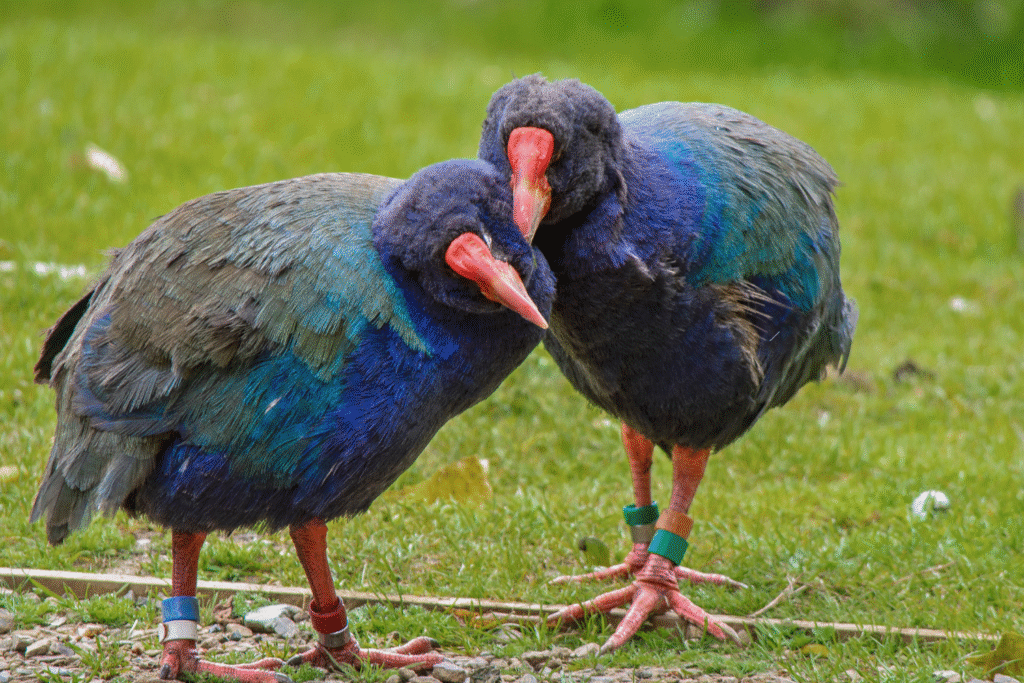
The natural world occasionally delivers surprises that shake our understanding of extinction and survival. Animals declared gone forever sometimes reappear in remote corners of the planet, confounding scientists who had written them off as casualties of habitat loss, hunting, or environmental change. These rediscoveries, known as Lazarus species, represent some of the most thrilling moments in modern biology. Each reappearance forces researchers to reconsider how thoroughly they’ve surveyed Earth’s wild places and how resilient certain species can be against seemingly insurmountable odds. The stories behind these resurrections reveal hidden refuges, mistaken identities, and the humbling reality that vast portions of our planet remain insufficiently explored to declare anything truly extinct with absolute certainty.
1. The coelacanth emerged from depths after 66 million years.

Scientists believed this ancient fish had vanished alongside the dinosaurs until a specimen turned up in a South African fishing net in 1938, fundamentally rewriting assumptions about evolutionary history. The coelacanth represents a lineage older than most land animals, possessing lobed fins that hint at the evolutionary transition from water to terrestrial life. According to the South African Institute for Aquatic Biodiversity, the discovery by museum curator Marjorie Courtenay-Latimer sparked one of the most significant zoological finds of the twentieth century. These living fossils inhabit deep ocean caves where they remain largely invisible to surface-dwelling humans, explaining how they eluded detection for millions of years. Subsequent discoveries revealed populations near Indonesia and other locations, suggesting these prehistoric survivors occupy more territory than initially recognized.
2. Fernandina Giant Tortoise walks again after a century of absence.
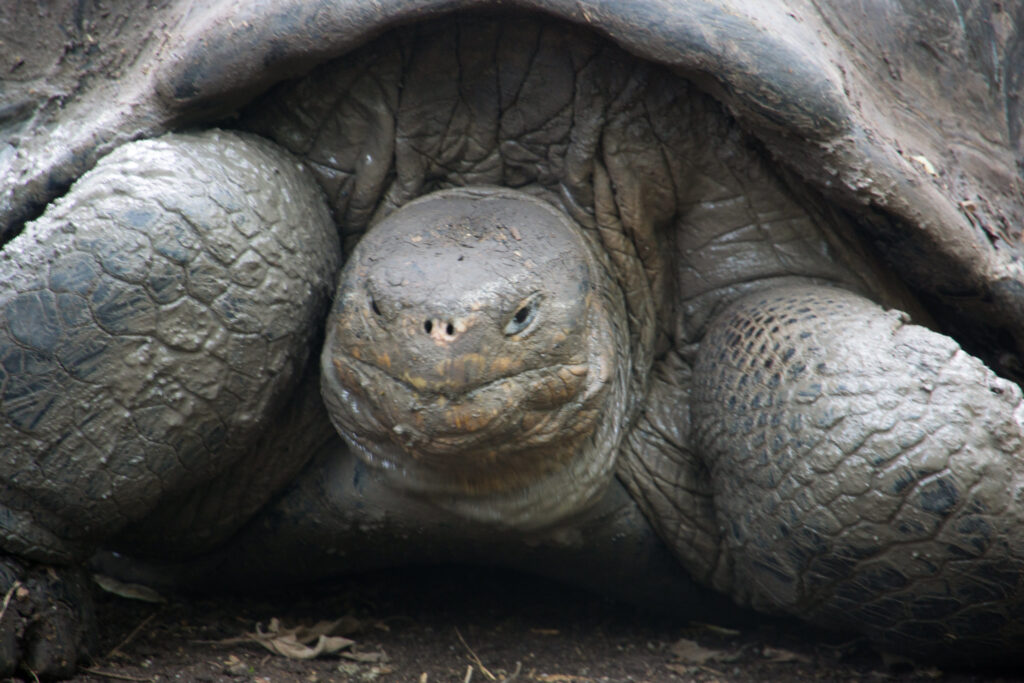
Declared extinct for over a hundred years, this Galápagos species dramatically returned when researchers discovered a solitary female on Fernandina Island in 2019. The tortoise had survived in one of the most volcanically active regions on Earth, navigating lava flows and harsh conditions that seemed incompatible with her species’ survival needs. Genetic analysis confirmed her identity as a member of the supposedly vanished Chelonoidis phantasticus species, as reported by the Galápagos Conservancy following comprehensive DNA testing. Her discovery ignited hope that other individuals might persist in unexplored portions of the island’s rugged interior. Conservationists now conduct intensive surveys seeking additional survivors while considering captive breeding programs should more individuals emerge from hiding.
3. Night parrots broke their silence across Australian wilderness unexpectedly.
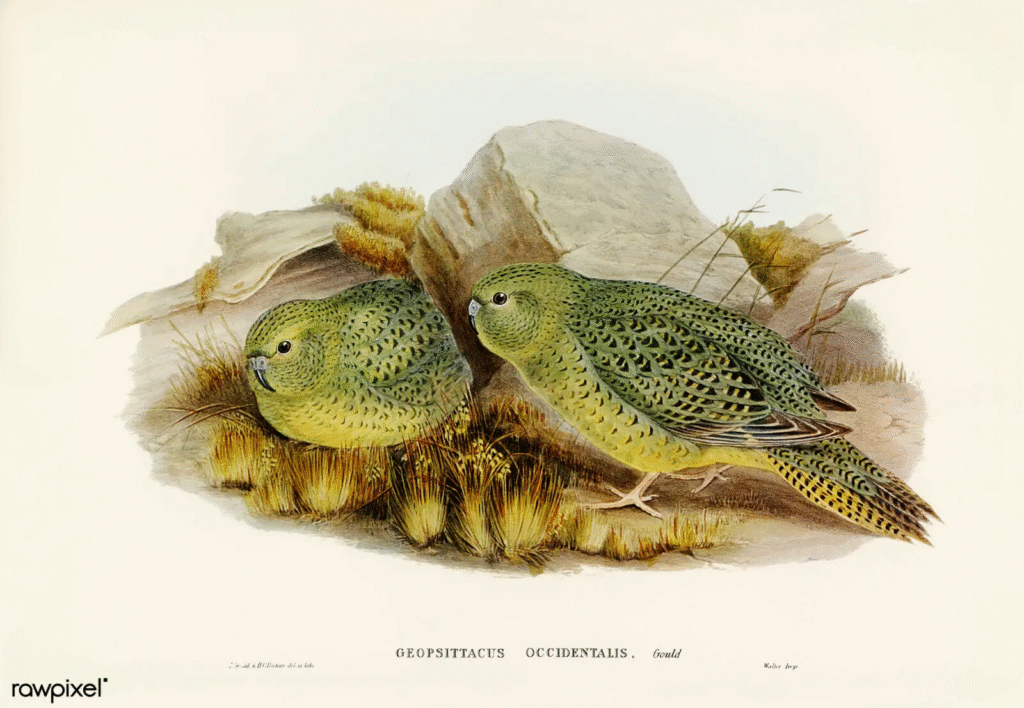
Australia’s most enigmatic bird vanished from scientific records for nearly a century before wildlife photographer John Young documented living specimens in western Queensland during 2013. These nocturnal ground-dwellers inhabit spinifex grasslands where their cryptic behavior and night-active lifestyle made detection extraordinarily difficult even when populations existed nearby. According to research published by Bush Heritage Australia, the species likely persisted in small, scattered populations throughout its presumed extinction period, simply avoiding human observation through evolved survival strategies. The parrot’s rediscovery triggered immediate conservation concerns as researchers realized how little they understood about its habitat requirements, breeding behavior, or population size. Ongoing monitoring efforts now employ acoustic sensors to detect the bird’s distinctive calls across remote regions where visual surveys prove impractical.
4. Takahe’s vibrant plumage reappeared in New Zealand mountains miraculously.

New Zealand’s flightless takahe was declared extinct in 1898 after European settlement devastated native bird populations through introduced predators and habitat destruction. Everything changed when physician Geoffrey Orbell discovered a small population surviving in the Murchison Mountains during 1948, hidden in alpine valleys that had escaped agricultural development. These large, brilliantly colored rails had persisted in areas so remote and inhospitable that predators and humans rarely penetrated their refuges. The population numbered only a few hundred individuals at rediscovery, requiring intensive conservation efforts including predator control, captive breeding, and habitat restoration. Modern populations have expanded to several island sanctuaries where managers can protect them from the stoats, cats, and rats that make mainland survival nearly impossible.
5. Ivory-billed woodpecker sightings continue sparking heated scientific debates.

Once common throughout southeastern United States swamps, this magnificent bird was declared extinct after habitat destruction eliminated the old-growth forests it required for survival. Reports of sightings in Arkansas’s Cache River National Wildlife Refuge during 2004 ignited fierce controversy as scientists debated whether the evidence proved the species’ persistence or represented misidentified pileated woodpeckers. Video footage, audio recordings, and eyewitness accounts accumulated but failed to provide the definitive proof skeptics demanded for accepting such an extraordinary claim. The uncertainty surrounding this potential rediscovery highlights how difficult confirming extinction becomes for rare, elusive species inhabiting vast wilderness areas. Believers continue searching remote swamplands while critics maintain that insufficient evidence exists to overturn the extinction declaration despite tantalizing hints that something remarkable might still glide through southern cypress forests.
6. Jerdon’s courser ran from obscurity into modern conservation focus.
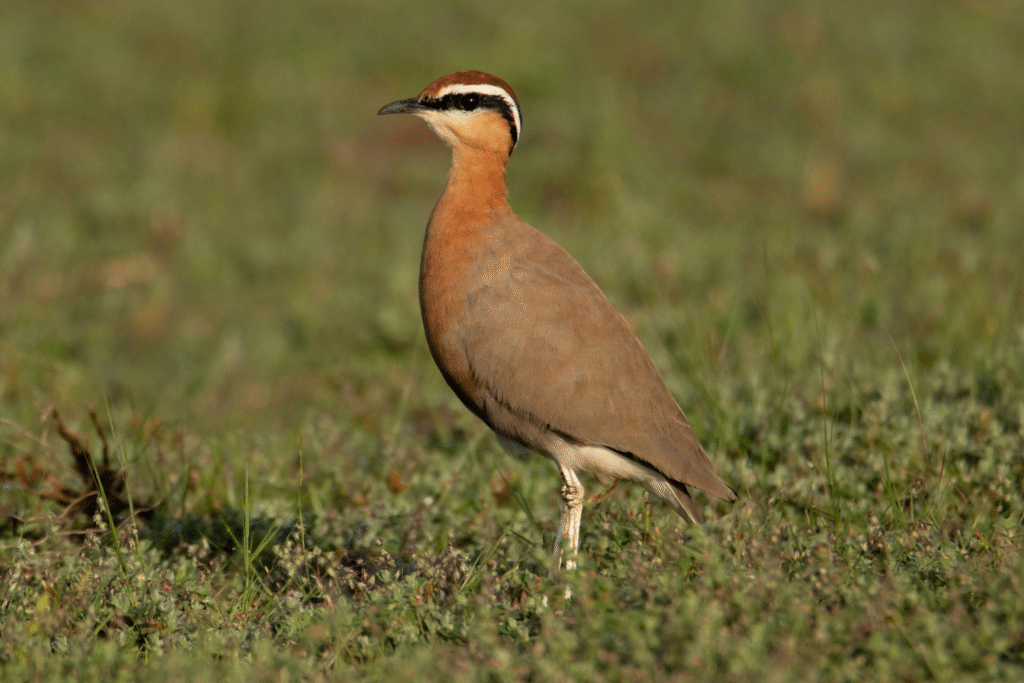
Indian ornithologists lost track of this nocturnal bird for 86 years until a team rediscovered it in Andhra Pradesh during 1986, living in scrub forest that had escaped agricultural conversion. The courser’s ground-dwelling lifestyle and preference for running rather than flying made it exceptionally difficult to locate even when researchers knew approximately where to search. Habitat loss had reduced its range to tiny fragments where small populations persisted unnoticed while naturalists assumed the worst. Conservation challenges immediately emerged as the rediscovery site faced pressure from development, grazing, and other human activities incompatible with the species’ survival. Protective measures now focus on preserving remaining habitat while researchers work to determine whether additional populations exist in other degraded scrublands throughout the bird’s historical range.
7. La Palma giant lizard basked again after presumed extinction.
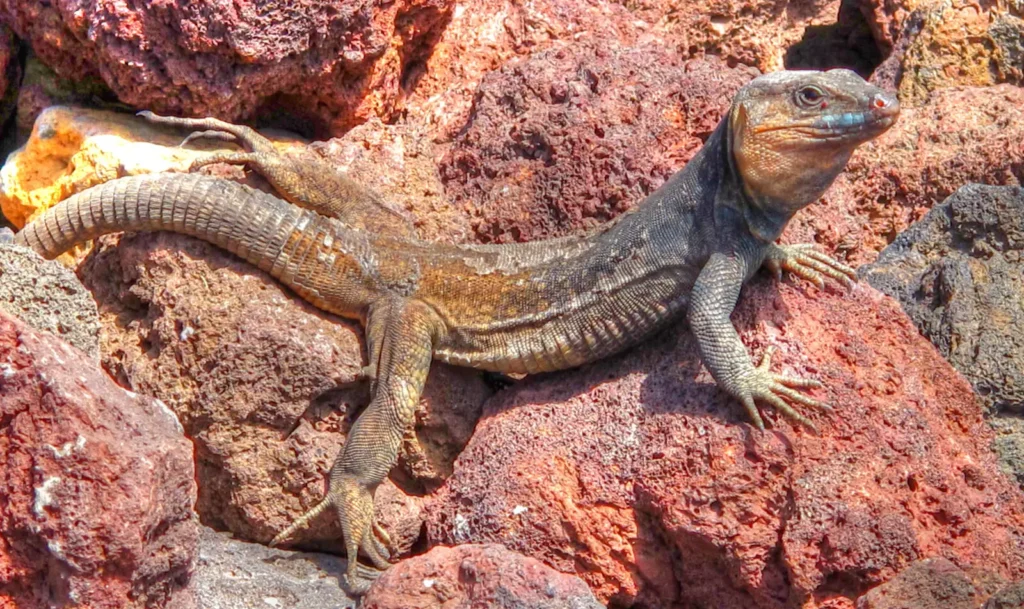
This enormous reptile disappeared from scientific knowledge for over 500 years until hikers discovered individuals on rocky cliffs in the Canary Islands during 2007. The lizard had retreated to nearly inaccessible volcanic terrain where predators and humans rarely ventured, creating an inadvertent sanctuary that preserved the species through centuries of environmental change. At rediscovery, the population consisted of only a handful of individuals occupying a few hundred meters of suitable habitat along precipitous rock faces. Conservationists immediately implemented protection measures including captive breeding programs designed to establish insurance populations against catastrophic events like landslides or fires. The species’ survival demonstrates how even large, conspicuous animals can vanish into landscapes thorough enough to hide them from determined searchers for centuries.
8. Terror skink materialized from New Caledonia’s forests without warning.
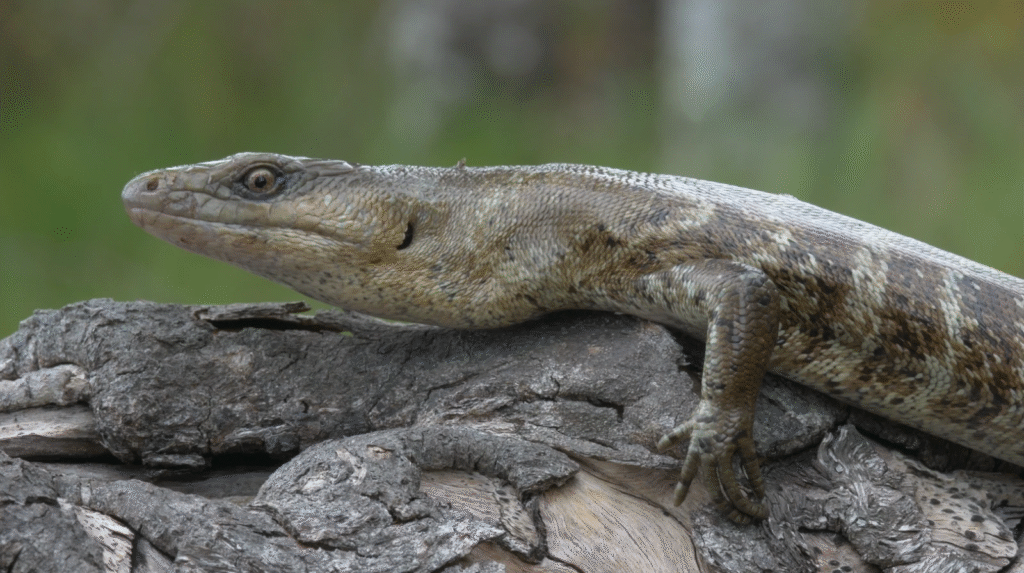
Scientists knew this large, sharp-toothed lizard only from a single museum specimen collected in 1876 until researchers captured photographs of living individuals in 2003. The skink inhabits dense rainforest understory where its secretive behavior and possible nocturnal activity kept it hidden despite decades of biological surveys throughout New Caledonia. Its dramatic common name derives from formidable curved teeth and robust build suggesting a predatory lifestyle unlike most other skink species. Discovery of living populations revealed how incomplete our knowledge remains regarding island biodiversity, particularly for ground-dwelling creatures that avoid open areas where researchers typically focus surveys. Current conservation status remains uncertain as scientists work to determine population size, distribution, and threats facing this enigmatic reptile.
9. Somali elephant shrew bounded back into scientific recognition recently.
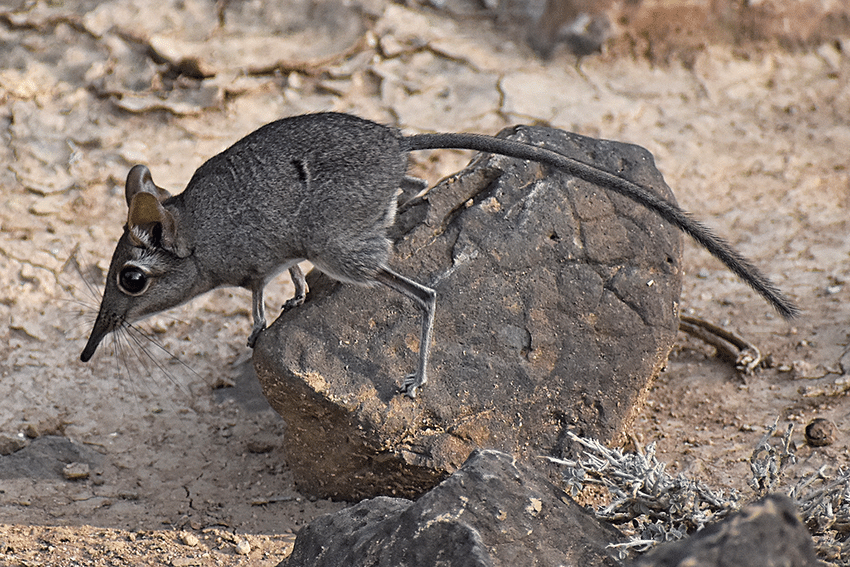
Lost to science for over 50 years, this rabbit-sized mammal reappeared in Djibouti during 2020 after researchers conducted targeted surveys in rocky, arid habitats where local residents reported seeing the creatures. The animal isn’t actually a shrew but rather a member of an ancient African lineage more closely related to elephants than to true shrews, despite its superficial resemblance and elongated snout. Its rediscovery came through collaboration with local communities who had observed the species regularly but whose knowledge hadn’t reached scientific literature. Camera traps confirmed populations living in seemingly inhospitable desert terrain where intense heat and sparse vegetation would seem to preclude most mammalian life. The species’ persistence in such harsh conditions suggests adaptations that researchers are only beginning to investigate and understand.
10. Fernandina rice rat scurried from shadows of volcanic Galápagos.
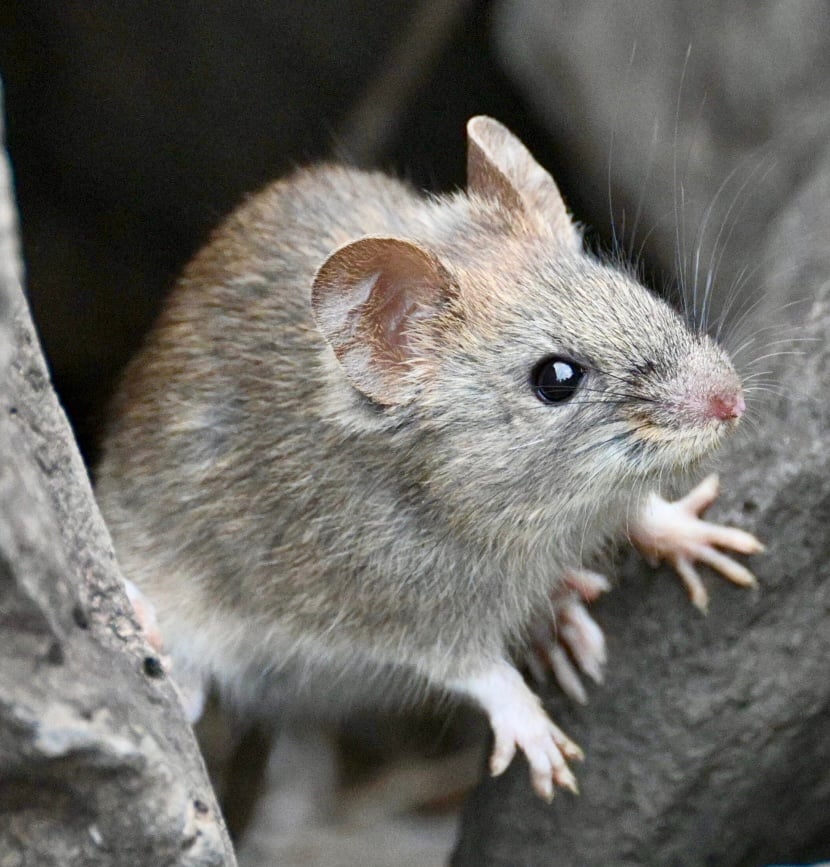
Presumed extinct since the early 1800s due to introduced predators and volcanic activity on Fernandina Island, this small rodent suddenly reappeared during ecological surveys in 2019. The rat had survived in areas so remote and geologically unstable that researchers had never adequately surveyed them during previous expeditions. Its persistence alongside the Fernandina Giant Tortoise on the same island suggests that thorough surveys of harsh, dangerous terrain might reveal other supposedly extinct species clinging to existence in Earth’s most inhospitable corners. DNA analysis confirmed the species’ identity while raising questions about how such a small population maintained genetic diversity across centuries of isolation. Conservation priorities now include determining population size, understanding habitat requirements, and assessing threats from potential colonization by invasive species that have devastated rodent populations throughout other Galápagos islands.
